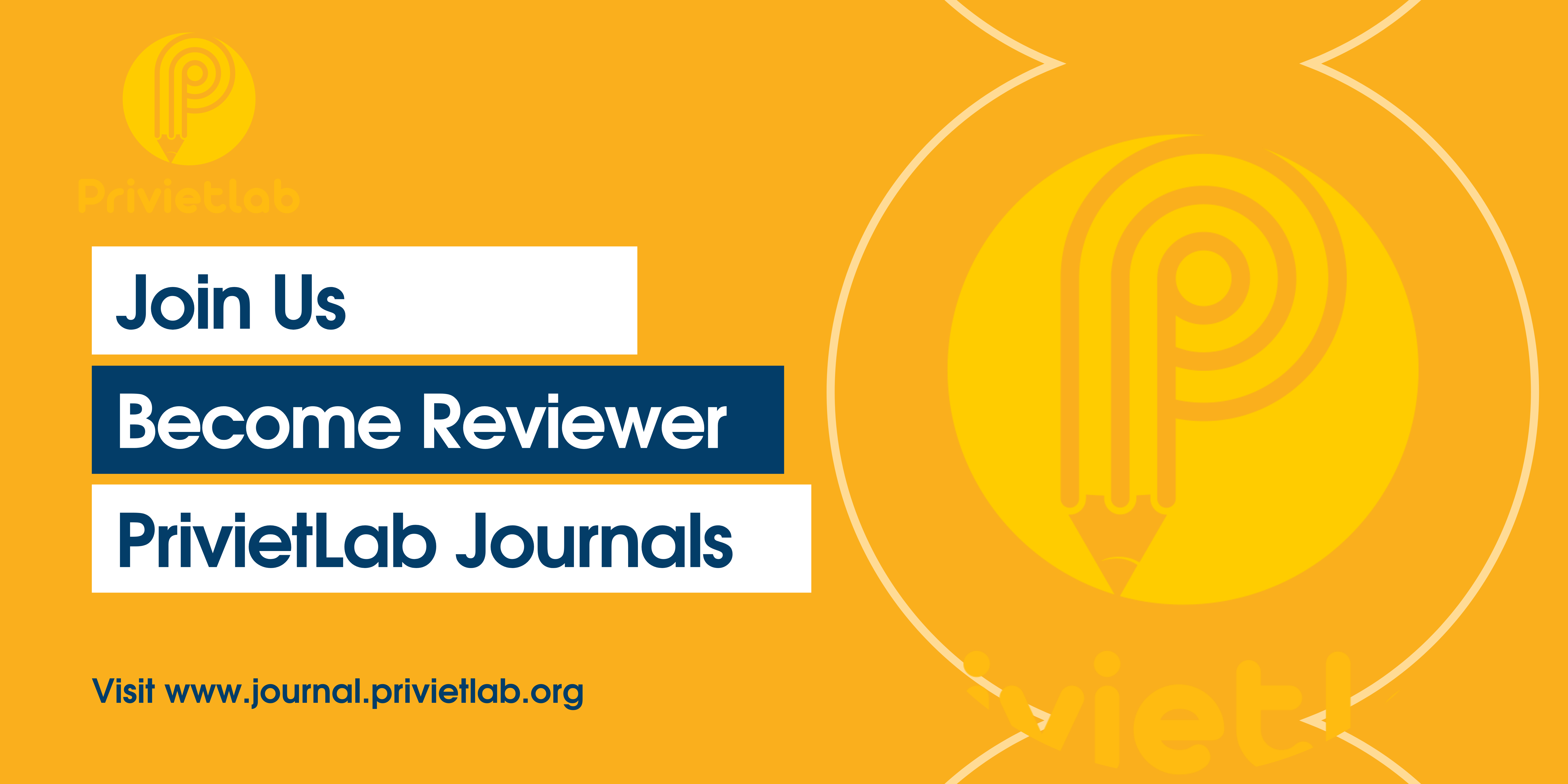Sanitation and modernity on a Remote Island: A study of community behavior toward hygienic latrine use in Pengikik Island
DOI:
https://doi.org/10.55942/pssj.v5i11.697Keywords:
Hygienic Latrines, Sanitation, Remote Island, Pengikik, TambelanAbstract
This study explores the transformation of community behavior regarding the use of hygienic latrines in Pengikik Village, a remote island community with historically poor sanitation practices. Inadequate latrine management contributes significantly to environmental degradation. Promoting the widespread use of healthy latrines, which are facilities designed for safe and sanitary human waste disposal, is a key strategy for improving public health. Using a phenomenological framework design, the research draws on data from six purposively selected informants through semi-structured interviews. The analysis employs Peter L. Berger and Thomas Luckmann’s theory of social construction to examine behavioral changes. The findings indicate that 19 out of 53 households have constructed private healthy latrines, and eight communal units have been built with septic systems. Behavioral change occurred through three interrelated processes: targeted socialization and education by health workers, gradual internalization of hygienic practices, and normalization of latrine use in daily life. These processes have reshaped community perceptions, fostering a collective understanding of the importance of sanitary facilities in the community. As a result, the community has shifted away from open defecation and toward the consistent use of healthy latrines.
References
Bisung, E., & Elliott, S. J. (2017). Psychosocial impacts of the lack of access to water and sanitation in low-and middle-income countries: a scoping review. Journal of Water and Health, 15(1), 17-30. https://doi.org/10.2166/wh.2016.158
Champion, V. L., & Skinner, C. S. (2008). The health belief model. Health behavior and health education: Theory, research, and practice, 4, 45-65. https://www.scirp.org/journal/paperinformation?paperid=55716
Daniel, D., Djohan, D., Machairas, I., Pande, S., Arifin, A., Al Djono, T. P., & Rietveld, L. (2021). Financial, institutional, environmental, technical, and social (FIETS) aspects of water, sanitation, and hygiene conditions in indigenous-rural Indonesia. BMC Public Health, 21, 1-15. https://doi.org/10.1186/s12889-021-11800-x
Dearing, J. W. (2009). Applying diffusion of innovation theory to intervention development. Research on social work practice, 19(5), 503-518. https://doi.org/10.1177/1049731509335
Dearing, J. W., & Cox, J. G. (2018). Diffusion of innovations theory, principles, and practice. Health affairs, 37(2), 183-190. https://doi.org/10.1377/hlthaff.2017.1104
Dharma, F. A. (2018). Konstruksi realitas sosial: Pemikiran Peter L. Berger tentang kenyataan sosial. Kanal: Jurnal Ilmu Komunikasi, 7(1), 1-9. https://doi.org/10.21070/kanal.v6i2.101
Green, E. C., Murphy, E. M., & Gryboski, K. (2020). The health belief model. The Wiley encyclopedia of health psychology, 211-214. https://doi.org/10.1002/9781119057840.ch68
Gwenzi, W. (2021). Leaving no stone unturned in light of the COVID-19 faecal-oral hypothesis? A water, sanitation and hygiene (WASH) perspective targeting low-income countries. Science of the Total Environment, 753, 141751. https://doi.org/10.1016/j.scitotenv.2020.141751
Hartaty, H., & Menga, M. K. (2022). Pemberdayaan masyarakat melalui penyuluhan perilaku hidup bersih dan sehat untuk meningkatkan derajat Kesehatan masyarakat. Abdimas Polsaka: Jurnal Pengabdian Masyarakat, 1(1), 16-21. https://doi.org/10.35816/abdimaspolsaka.v1i1.7
Hutton, G., & Chase, C. (2016). The knowledge base for achieving the sustainable development goal targets on water supply, sanitation and hygiene. International journal of environmental research and public health, 13(6), 536. https://doi.org/10.3390/ijerph13060536
Jiménez, A., LeDeunff, H., Giné, R., Sjödin, J., Cronk, R., Murad, S., & Bartram, J. (2019). The enabling environment for participation in water and sanitation: A conceptual framework. Water, 11(2), 308. https://doi.org/10.3390/w11020308
Kaminski, J. (2011). Diffusion of innovation theory. Canadian Journal of Nursing Informatics, 6(2), 1-6. https://cjni.net/journal/?p=1444
Kurjak, A., Stanojević, M., & Dudenhausen, J. (2023). Why maternal mortality in the world remains tragedy in low-income countries and shame for high-income ones: will sustainable development goals (SDG) help?. Journal of perinatal medicine, 51(2), 170-181. https://doi.org/10.1515/jpm-2022-0061
Mensah, J., & Enu-Kwesi, F. (2019). Implications of environmental sanitation management for sustainable livelihoods in the catchment area of Benya Lagoon in Ghana. Journal of Integrative Environmental Sciences, 16(1), 23-43. https://doi.org/10.1080/1943815X.2018.1554591
Niko, N. (2019). Kemiskinan Perempuan Dayak Benawan di Kalimantan Barat sebagai Bentuk Kolonialisme Baru. Jurnal Pemikiran Sosiologi, 6(1), 58-76. https://doi.org/10.22146/jps.v6i1.47467
Niko, N. (2025). Surviving the Edges: Multidimensional Poverty among Indigenous Women Community in Remote Rural Areas in Indonesia. Southeastern Philippines Journal of Research and Development, 30(1), 113-130. https://doi.org/10.53899/spjrd.v30i1.867
Okesanya, O. J., Eshun, G., Ukoaka, B. M., Manirambona, E., Olabode, O. N., Adesola, R. O., & Chowdhury, A. A. (2024). Water, sanitation, and hygiene (WASH) practices in Africa: exploring the effects on public health and sustainable development plans. Tropical medicine and health, 52(1), 68. https://doi.org/10.1186/s41182-024-00614-3
Suprapto, S., & Arda, D. (2021). Pemberdayaan masyarakat melalui penyuluhan perilaku hidup bersih dan sehat meningkatkan derajat kesehatan masyarakat. Jurnal Pengabdian Kesehatan Komunitas (Journal of Community Health Service), 1(2), 77-87. https://doi.org/10.25311/jpkk.Vol1.Iss2.957
Syafitri, R., Suryaningsih, S., Casiavera, C., Niko, N., & Wahyuni, S. (2024). Breaking Barriers: Healthcare Access for the Suku Laut’s Elderly, Mothers, and Children. In BIO Web of Conferences (Vol. 134, p. 07003). EDP Sciences. https://doi.org/10.1051/bioconf/202413407003
Tabutin, D., Masquelier, B., Grieve, M., & Reeve, P. (2017). Mortality inequalities and trends in low-and middle-income countries, 1990-2015. Population, 72(2), 221-296. https://doi.org/10.3917/popu.1702.0227
Wahyuni, S., & Eliska, E. (2023). Analisis Program Sanitasi Pedesaan dalam Pemanfaatan Jamban di Desa Simpang Lancang Kabupaten bener Meriah. JUMANTIK (Jurnal Ilmiah Penelitian Kesehatan), 8(2), 189-197. https://doi.org/10.30829/jumantik.v8i2.14775
Wahyuni, S., Niko, N., & Elsera, M. (2022). Self-Agency Perempuan Nelayan di Kampung Bulang, Kota Tanjungpinang Kepulauan Riau. BESTARI, 3(1), 48-59. https://www.researchgate.net/profile/Nikodemus-Niko/publication/364028882_Self-Agency_Perempuan_Nelayan_di_Kampung_Bulang_Kota_Tanjungpinang_Kepulauan_Riau/links/63369fdbff870c55ceea2307/Self-Agency-Perempuan-Nelayan-di-Kampung-Bulang-Kota-Tanjungpinang-Kepulauan-Riau.pdf
Downloads
Published
How to Cite
Issue
Section
License
Copyright (c) 2025 Ayu Lestari, Rahma Syafitri, Nikodemus Niko

This work is licensed under a Creative Commons Attribution 4.0 International License.

















